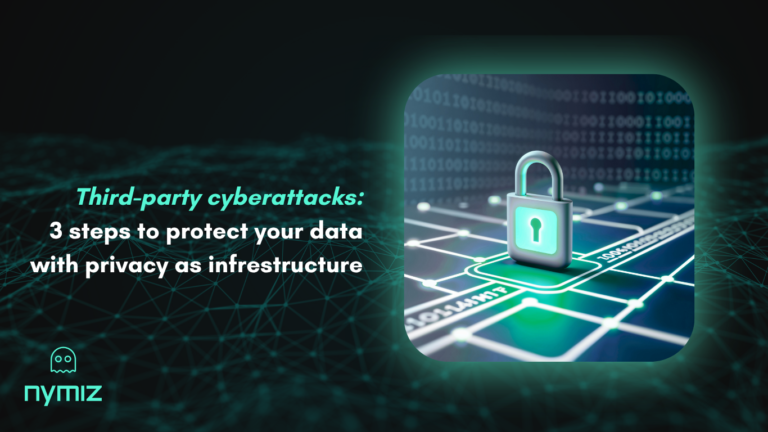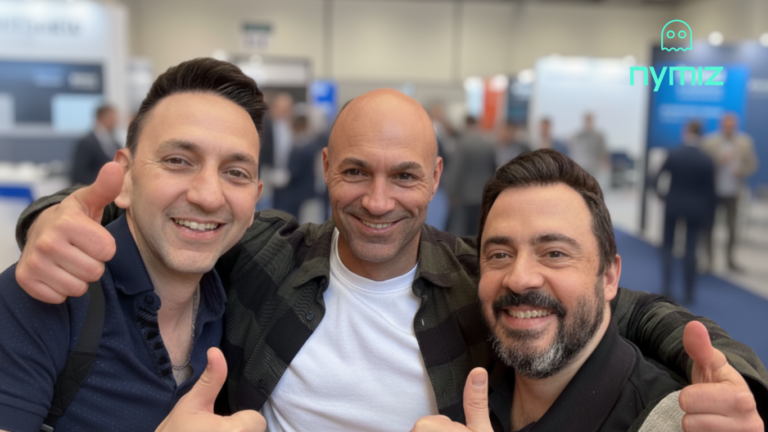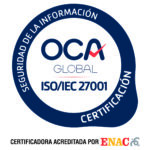At the beginning of the year, this article focused solely on traditional criteria for choosing data anonymization tool. Given the rapid pace of generative AI, the globalization of data, and increased regulatory pressure, we have expanded the guide to reflect a new reality: choosing a solution that not only complies but also preserves the value of the data, integrates into AI flows, and operates accurately in more than 100 languages. This updated edition offers revised criteria, emerging technologies, and updated industry use cases.
Why this is a pivotal year for data anonymization tool
By 2025, organizations can no longer view anonymization as a mere compliance cost.
According to a report by Research & Markets, the global market for anonymization tools grew from $83.22 billion in 2024 to $94.17 billion in 2025, with a compound annual growth rate (CAGR) of 13.3% through 2030.
Another study on anonymization services puts the market at $2.7 billion in 2024, with expectations to reach $8.9 billion by 2033.
These figures confirm that anonymization is already a strategic data infrastructure, not just an obligation.

Technology that really makes a difference today
Choosing a data anonymization tool is no longer limited to covering visible identifiers. These are the capabilities that will make a difference in 2025:
- Multi-format and multi-language support: documents in over 100 languages.
- Context-aware anonymization, so that data retains its usefulness in AI and analytics.
- Emerging techniques: synthetic data generation, federated learning, homomorphic encryption.
- Protection against the mosaic effect: when several seemingly harmless data sets allow re-identification when combined.
- Hybrid implementation: SaaS + On-premise + Local depending on regulation, volume, and degree of control.
Key factors for choosing a data anonymization tool
- Preservation of relational context
Allows data to remain useful for AI, analysis, or reporting.
- Multi-format & multi-language
Global coverage and real functionality in heterogeneous environments.
- Hybrid implementation
Adaptability according to regulations, volume, and IT structure.
- Performance metrics
Allows you to measure the accuracy, speed, and scalability of the solution.
- Automation and integration with AI
Ensures that anonymization is not a bottleneck.
- Traceability and reporting
Facilitates internal auditing, compliance, and risk control.

Demanding sectors: why they lead the way in advanced anonymization
Healthcare: The adoption of anonymization technologies is growing at around 15-18% per year, driven by AI, digital records, and regulatory requirements (HIPAA, GDPR).
Legal, finance, and public administration: These sectors need solutions that maintain data utility, distributed across multiple environments, languages, and formats—not only to comply, but also to enable analysis and automation.
Mistakes you can no longer afford to make in 2025
- Using data anonymization tools that only “hide” data (black boxes), leaving metadata unprotected.
- Ignoring context: removing relationships or data structures breaks the usefulness for AI or analysis.
- Not considering the data holistically: languages, formats, multiple regulations, hybrid deployments (without that, the solution falls short).
Conclusion
In 2025, privacy is no longer an obstacle: it is the infrastructure that enables secure innovation. With the right tool, you can protect without losing value.
Interested in seeing how we do it at Nymiz? Request a personalized 15-minute demo and discover how to transform your sensitive data into secure knowledge.





